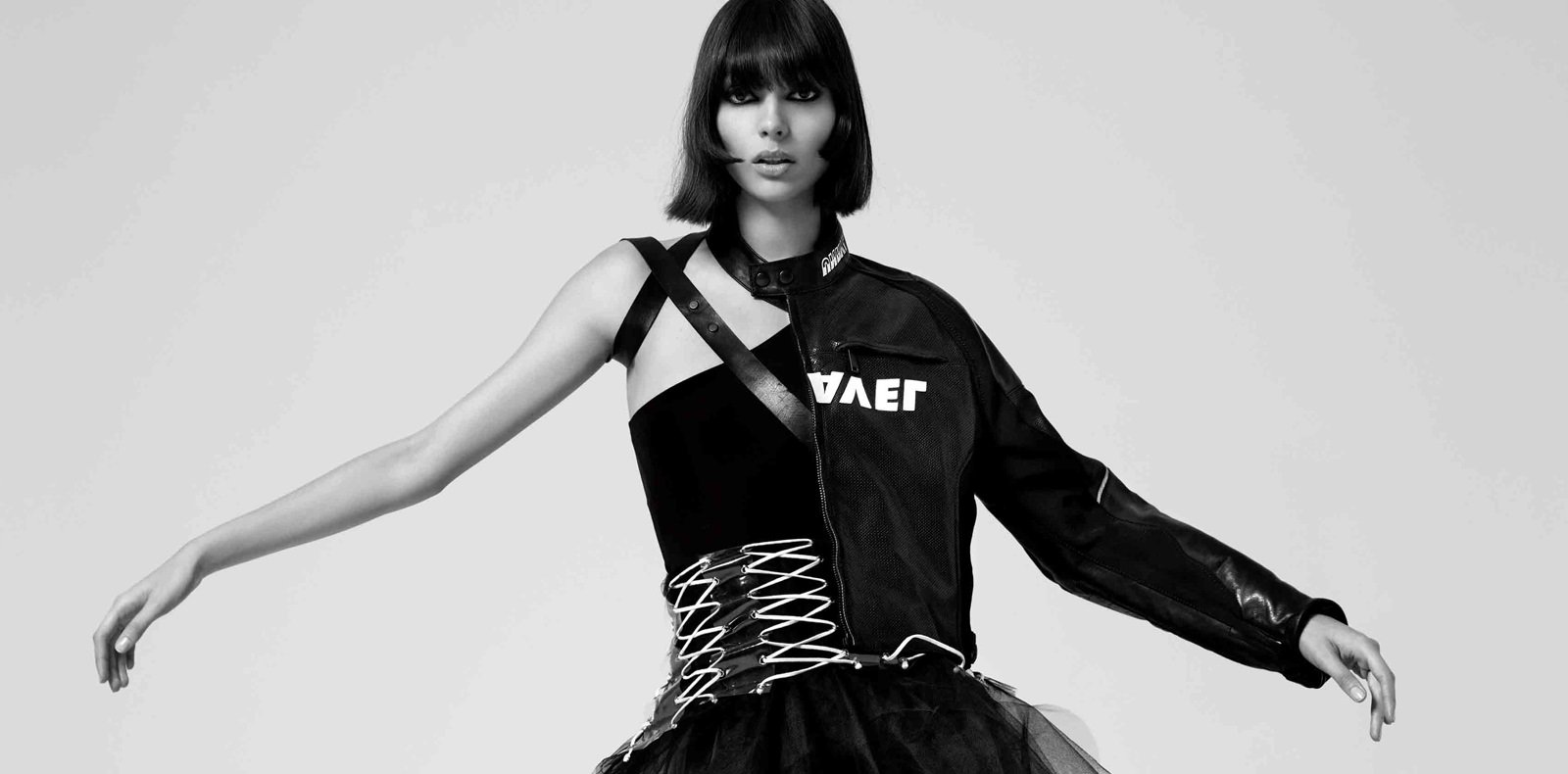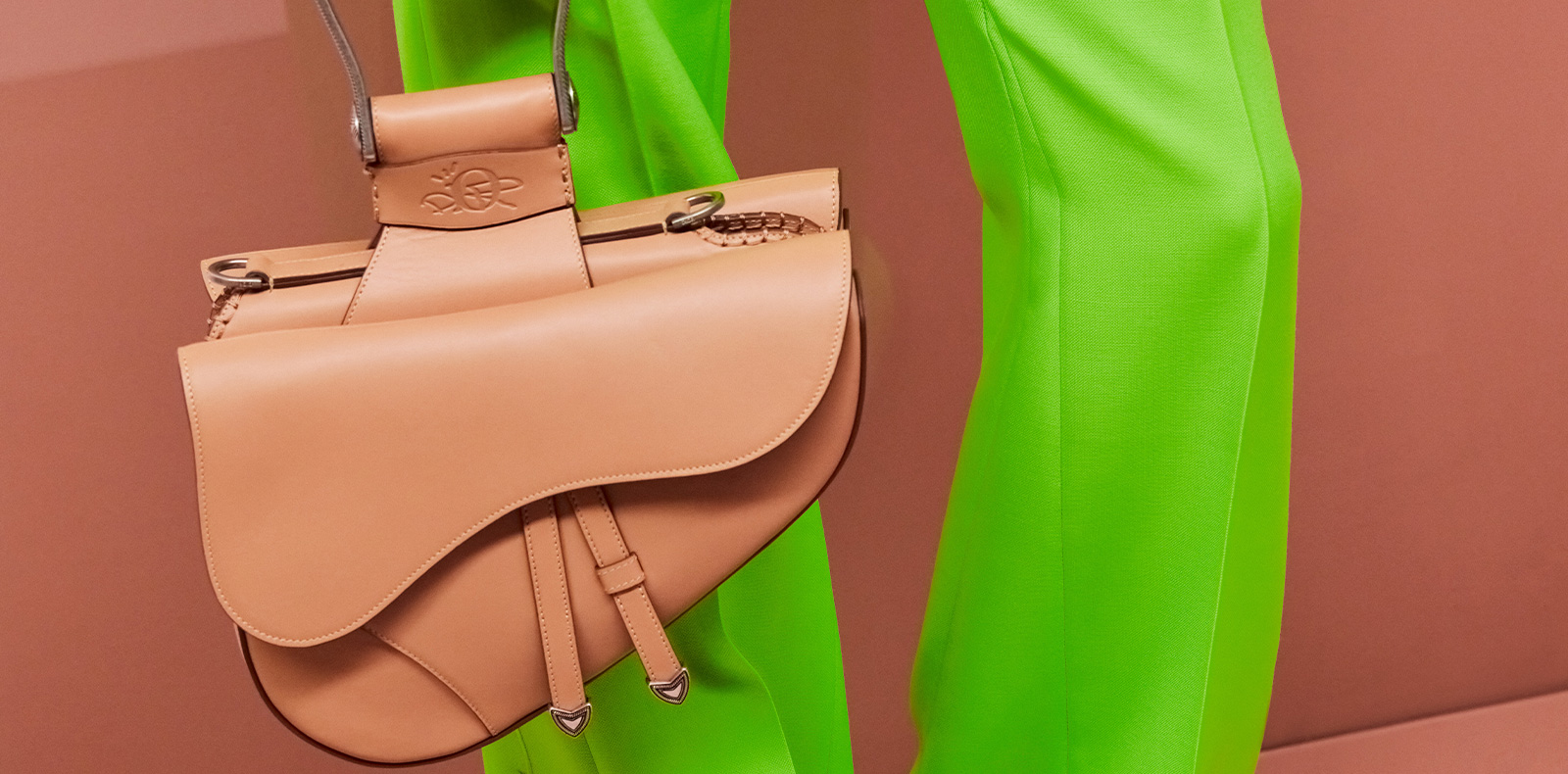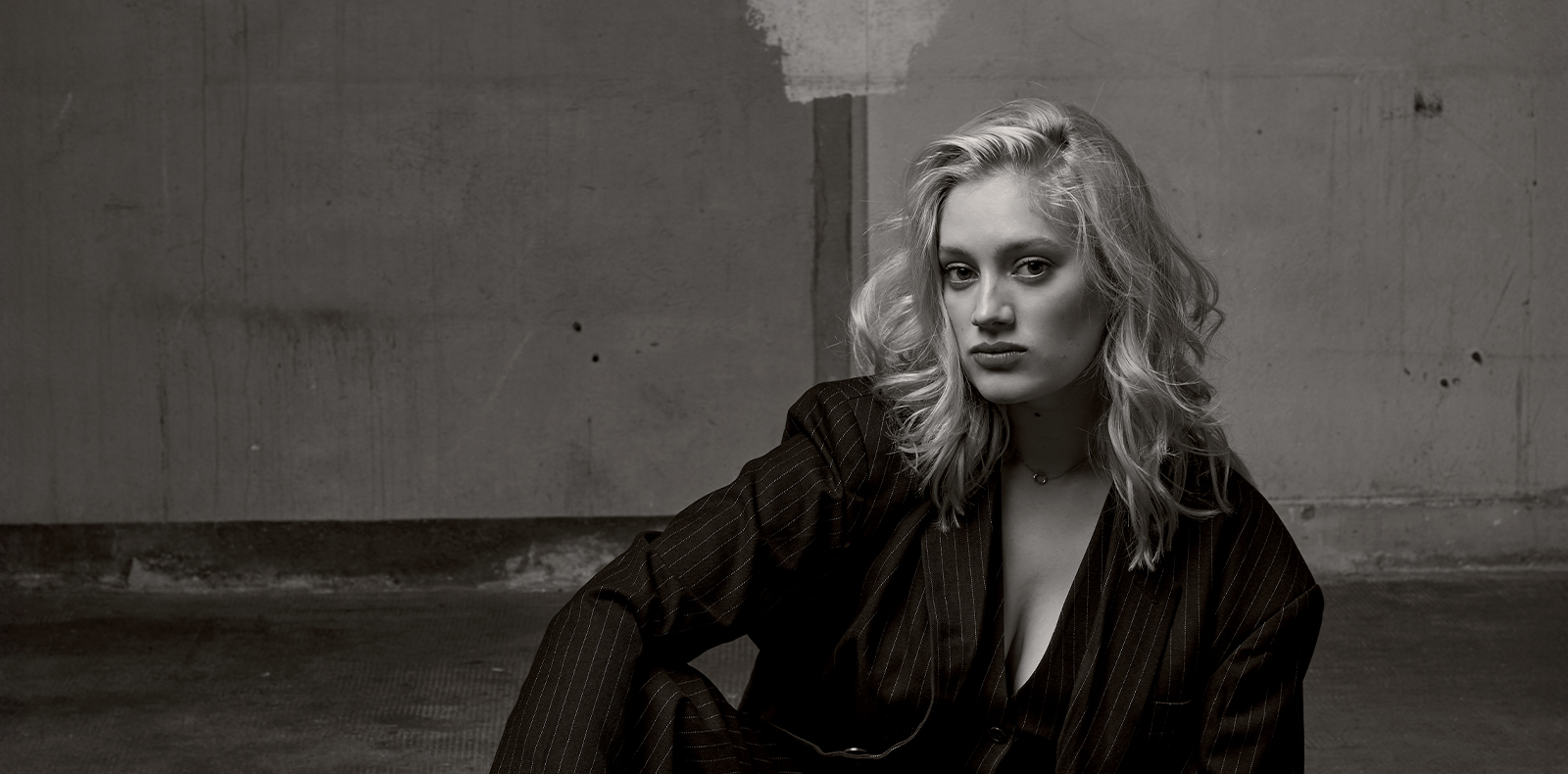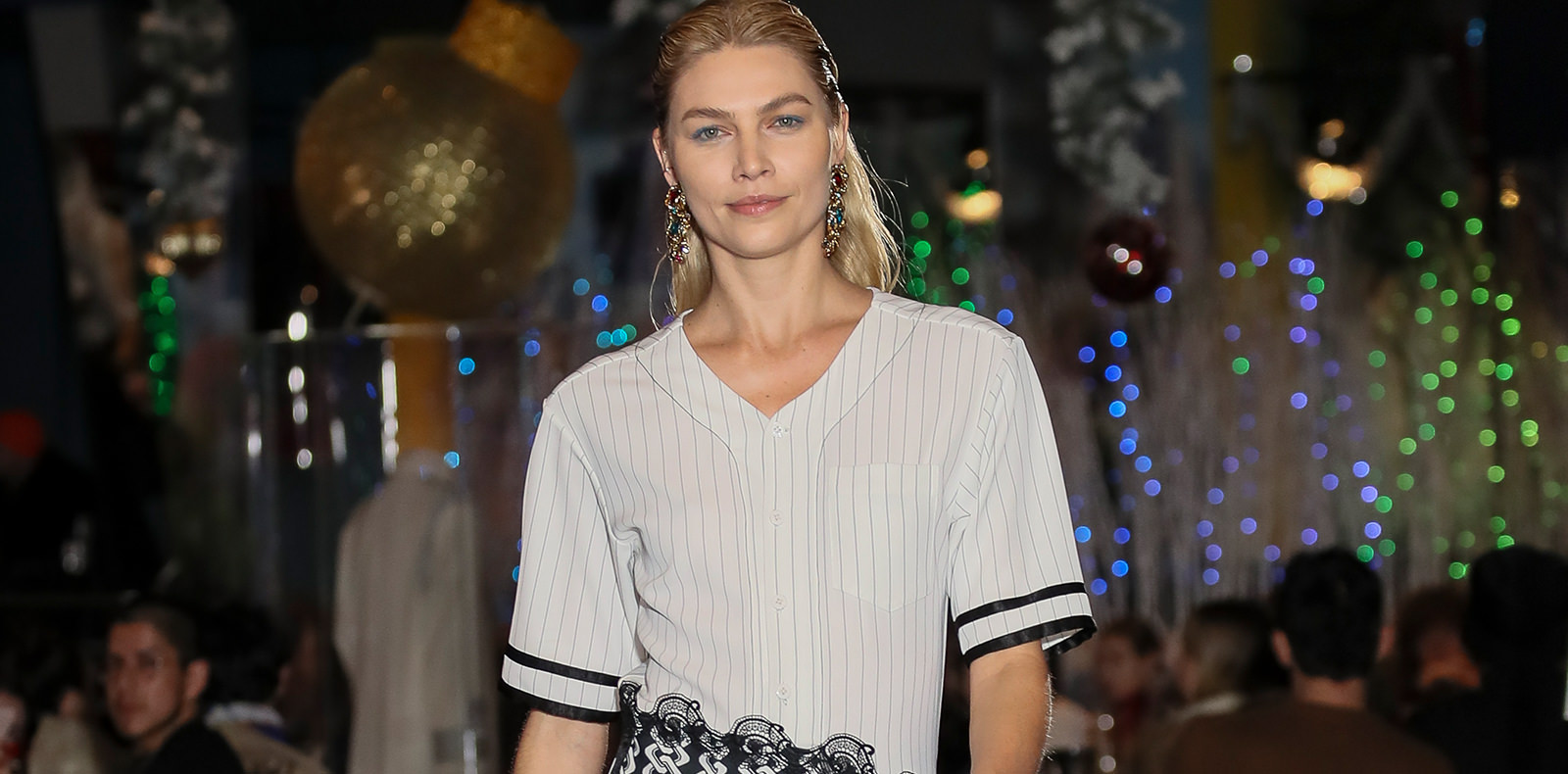
14
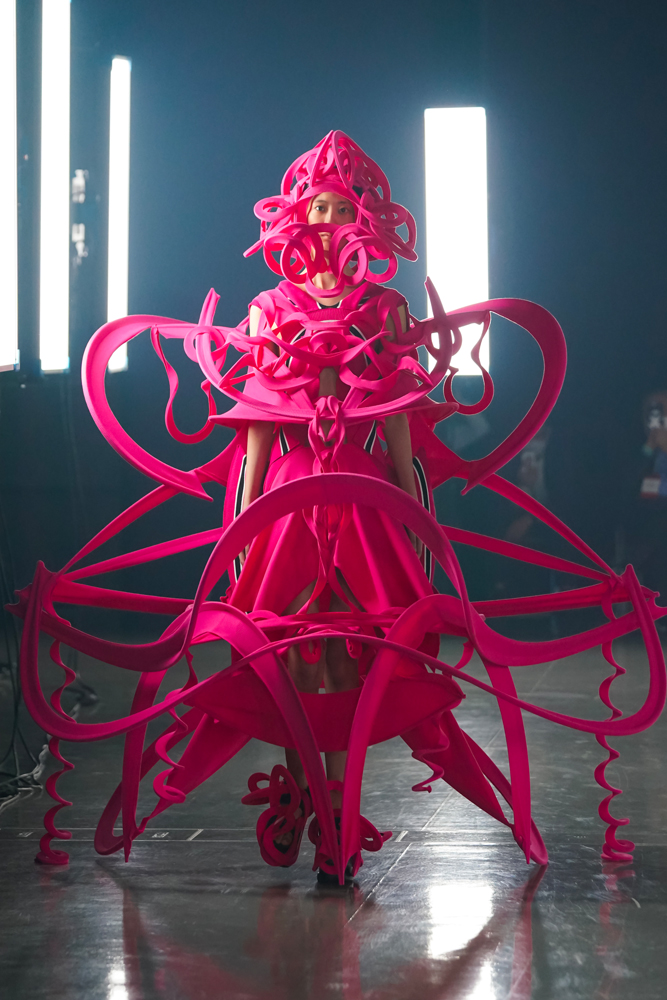
14
LVMH PRIZE 2022 : RYUNOSUKEOKAZAKI, the Japanese label that elevates couture to spirituality
The final of the ninth edition of the LVMH Prize took place at the Louis Vuitton Foundation on Thursday, June 2nd. Among the eight finalists of this ninth edition is the Japanese designer Ryunosuke Okazaki, who creates silhouettes that look like sculptures imprinted in spirituality.
propos recueillis par Léa Zetlaoui.
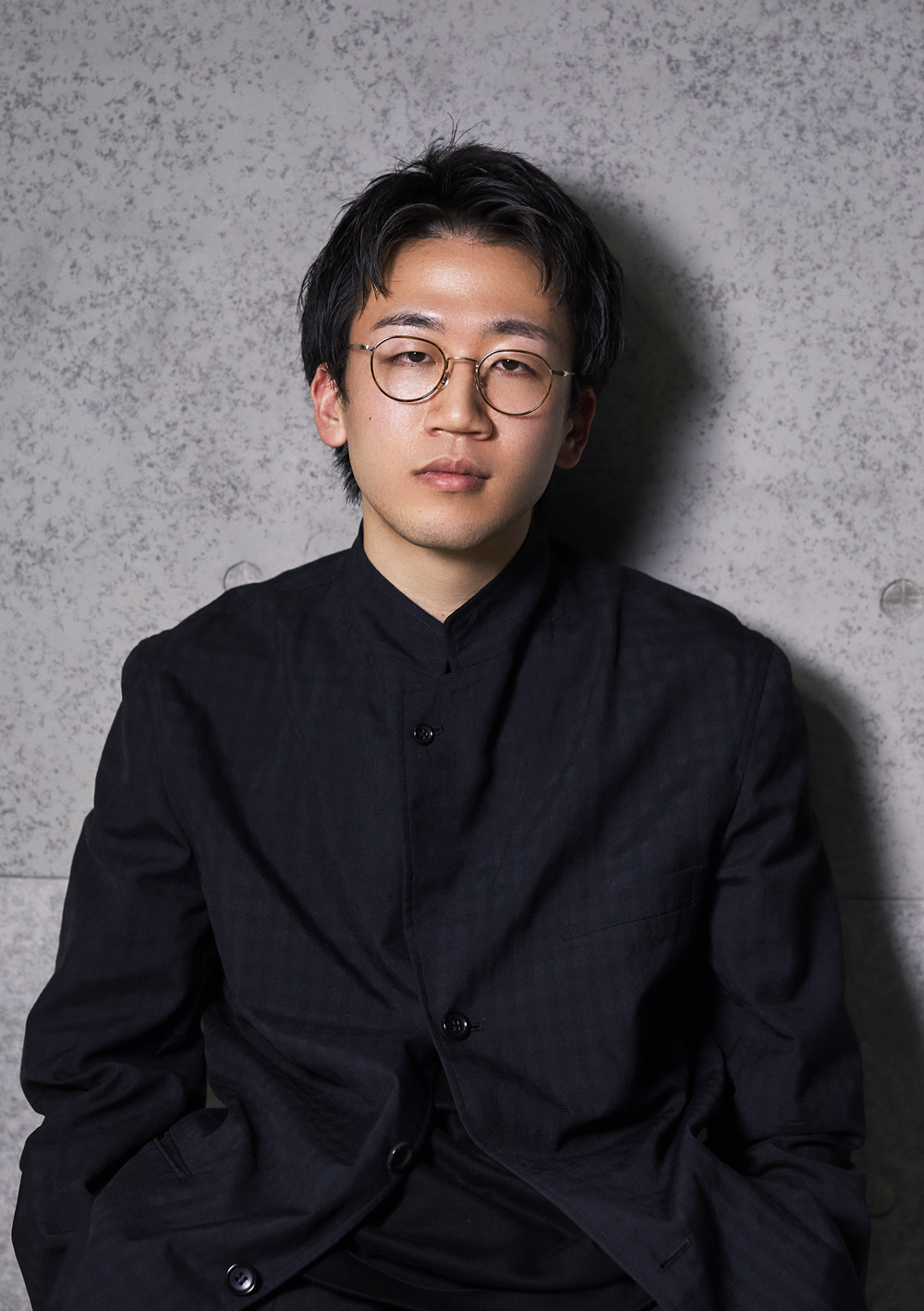
What is your first memory about fashion?
I have always loved drawing and making things. Since I loved the arts, it was natural for me to become interested in fashion. After that, I became more and more involved in fashion. I still cherish the first piece of vintage clothing I bought when I was 15 years old.
Which fashion designers (living or dead) inspire you and why?
One designer I admire is Rei Kawakubo. I am always amazed by her creations. I remember being shocked when I first got to know her. I really respect her for her constant pursuit of newness and expression throughout the long history of her brand.
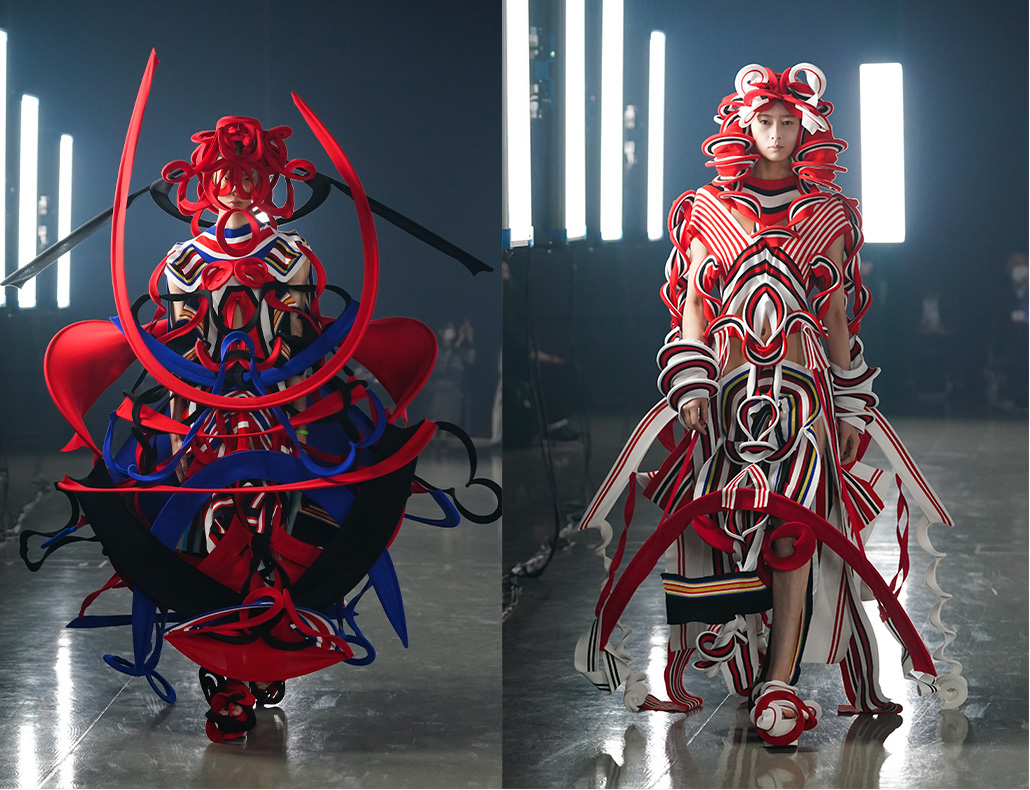
You were born in Hiroshima, a city with a very particular history, how growing up there has influenced your approach to art and fashion?
Being born and raised in Hiroshima, I have a strong awareness of peace. My grandmother was exposed to radiation when she was 7 years old, and I am a third generation radiation survivor. I believe that art and fashion also have an important message. I live my life thinking about the connection between people, from prayers for peace to the connection between people and the earth. I will continue to create to deliver that message to the world through my artwork.
When have you decided to become a fashion designer? Did you know when you started studying art that it was to become a fashion designer?
From the very beginning, I wanted to create works in the expressive field of fashion. For this reason, I decided to first study art in order to expand my own expressive ability and the possibilities for making clothes. For me, the most important thing in expressing myself through clothes-making is the pursuit of new possibilities. I thought it was more important to continue to look at the world of expression more broadly than to simply learn about making clothes.
How did you know launching your brand just after graduation was the good timing?
I have been creating pieces since I was in school and was able to hold my brand’s first runway show in September 2021 as a venue to showcase my work. I am always looking for a place to present my work since I have always been creating my artwork with my own hands. I have been creating artwork for a long time, so the timing of the show right after graduation was very natural. Now that I think about it, it was good timing to have a runway show right after graduation.
What was the inspiration for your first collection?
My theme has always been “prayer“. From prayers for peace, to prayers for life, and deeper down, I have arrived at the Japanese prayer for nature. I am inspired by the forms and decorations that have emerged from the ancient history of prayer in Japan, such as Jomon pottery and Shintoism, and when people wear them, they become a completed form of prayer.
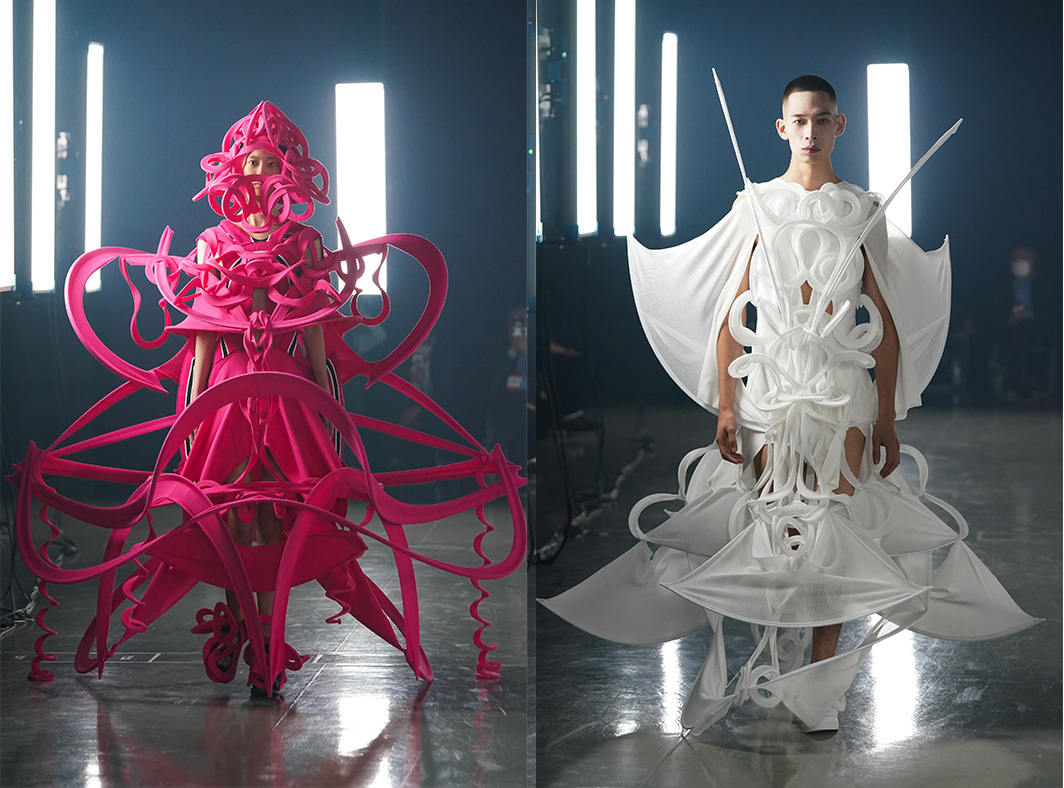
What is the meaning of this collection? And what is the purpose?
I put my inspiration, “prayer”, into my powerful modeling. I believe that the people who see these forms will feel something and enrich their hearts, if only a little. Stirring the imagination of those who see it will create a future in which people can live. The main materials for my works are fabrics in the research stage that lie in a warehouse given to me by a fabric company. I also value, in my own way, the sustainable perspective of creating new value through my work. This is also very natural for me, as I value prayer for nature.
How did you make these amazing three-dimensional creations? Which techniques did you use?
Taking advantage of the elasticity of knit fabrics, the fabrics are curved by inserting various types of core materials, which are then assembled to form the shape of the product. Since I take advantage of the characteristics of the fabric, the shape of the piece varies depending on the elasticity and thickness of the fabric. I do not draw designs, but create them as if they were sculptures. The act of creation itself is an act of prayer.
How do you consider the future of your brand? Do you consider doing more ready-to-wear pieces or making fashion pieces of art?
I first and foremost believe very much in the artistry and creativity that I create with my hands. So I will continue to create fashion art pieces. I have not yet decided if I will make ready-to-wear clothes, but there is a possibility that I will at some point. What is important is to deliver the message of creation to the world. For this purpose I will take on various challenges.






